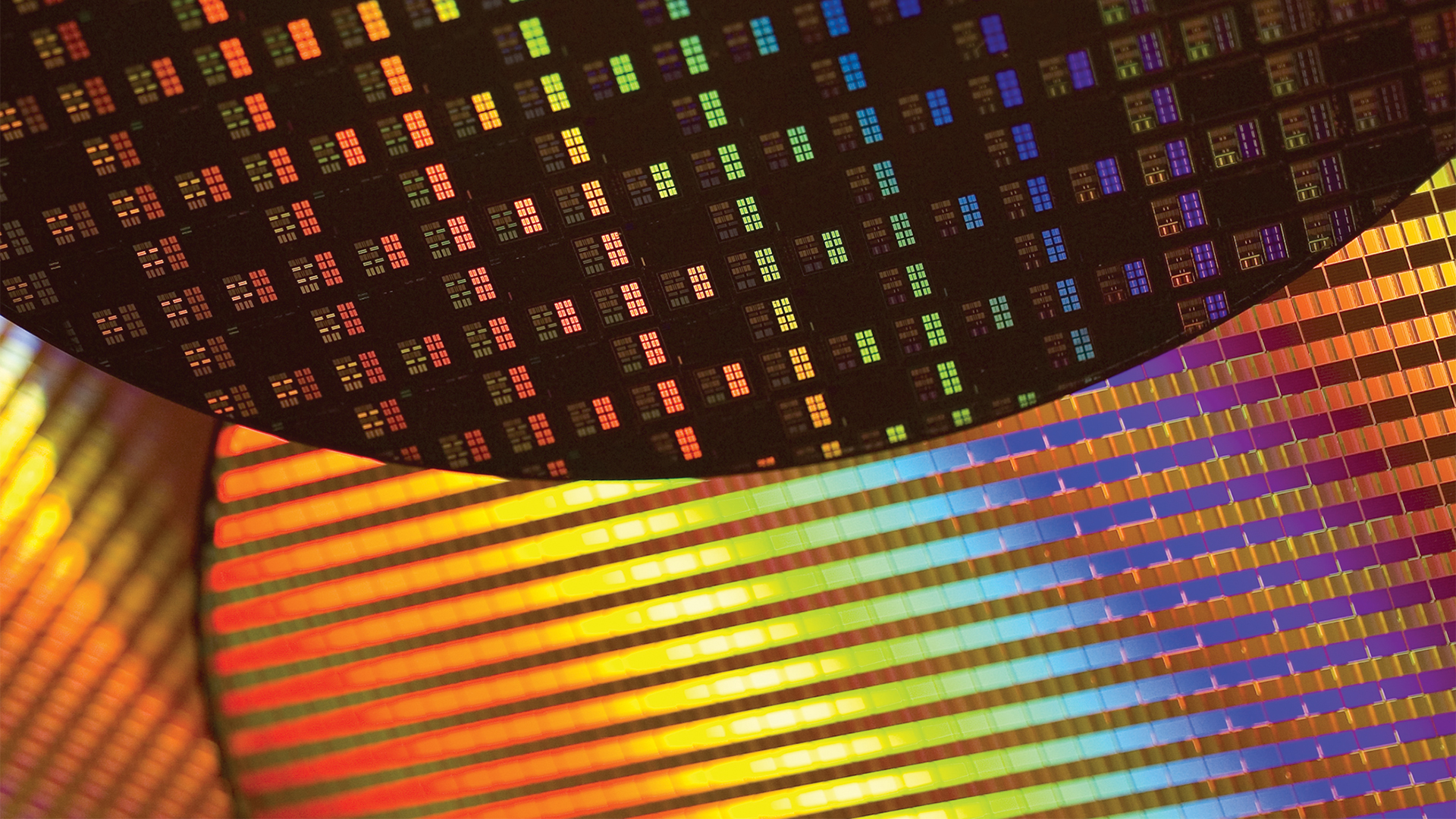
Intel, Samsung Foundry, and TSMC use ASML's EUV lithography machines, which are capable of 'printing' semiconductors at a 13nm resolution, to build chips on their latest fabrication nodes. But using a laser produced plasma (LPP) EUV light source (which is a CO2 laser applied to small tin droplets) is not the only way to generate 13.5 nm EUV radiation to 'print' chips. Researchers in Japan are exploring the usage of free-electron lasers (FELs) from particle accelerators to make chips with leading-edge feature sizes, reports Spectrum.IEEE.org.
The High Energy Accelerator Research Organization (KEK), in Tsukuba, Japan, is exploring usage of free electron lasers (FELs) generated by an energy recovery linear (ERL) accelerator for chipmaking. They say that an energy recovery linear accelerator could produce tens of kilowatts of EUV power cost-effectively to power multiple lithography machines simultaneously. By contrast, ASML has produced a 500W EUV light source for its Twinscan NXE:5800E and is looking at potentially improving power of its EUV light sources to 1000W — eventually.
ERL works completely differently from an EUV litho tool. First, an electron gun injects electrons into a cryogenically cooled tube, where superconducting RF cavities speed them up. The electrons pass through an undulator, emitting light that is amplified through a process called self-amplified spontaneous emission (SASE). After emitting light, the spent electrons loop back into the RF accelerator in the opposite phase, transferring their remaining energy to newly injected electrons before being disposed of in a beam dump. This energy recovery allows the ERL to use the same amount of electricity to accelerate more electrons, making it a highly efficient and cost-effective method for generating extreme-power EUV light.
"The FEL beam's extreme power, its narrow spectral width, and other features make it suitable as an application for future lithography," Norio Nakamura, researcher in advanced light sources at KEK, told Spectrum.IEEE.org in an interview.
In 2021, prior to the onset of severe global inflation, the KEK team estimated the construction cost for a new ERL system at $260 million, which is $50 million - $60 million higher than the price of a Twinscan NXE:3800E — though the latter is a fully-integrated tool, whereas the former is essentially only a light source. This system would deliver 10 kW of EUV power, supply multiple lithography machines (KEK does not specify how many), and its annual operating costs were projected to be around $25.675 million.
"The estimated costs per exposure tool in our setup remain relatively low compared to the estimated costs for today’s laser-produced plasma source," Nakamura told Spectrum.IEEE.org.
There are a few slight problems with FELs and ERLs. First, like any particle accelerator, an energy recovery linear accelerator is huge. Second, one needs an extremely complex set of mirrors to guide that 10 kW of EUV radiation to multiple litho tools without significant loss of power, and that set has not been invented yet (and its costs are unclear).
Finally, assuming that there is a complex set of mirrors that can guide 10 kW of EUV radiation to 10 litho tools, there are no resists and pellicles that are compatible with such a powerful light source. That is not going to be a problem, though, because for now an experimental ERL can produce bursts of 20micrometer infrared light — which is a far cry from 13.5nm EUV light.
Nakamura acknowledged that numerous technical challenges must be resolved before an ERL-based litho tool can achieve the high levels of performance and operational stability required for commercial chipmaking.







